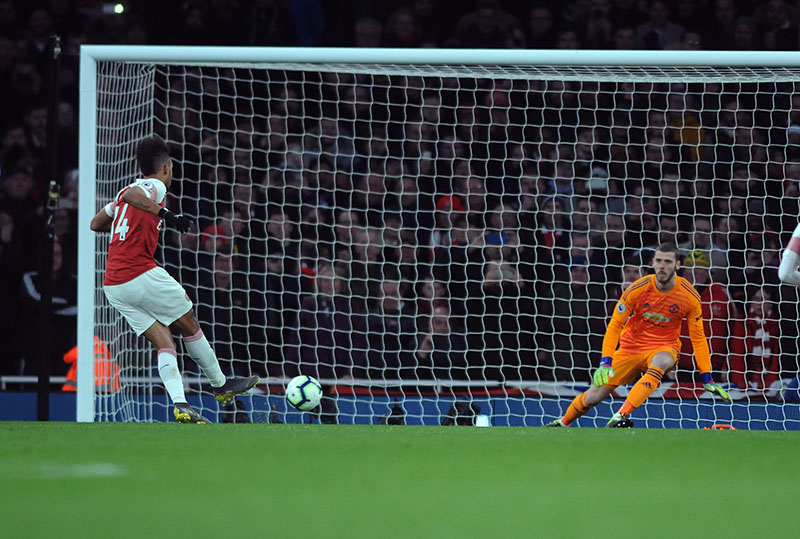
It seems an excessively arbitrary reward that a foul committed anywhere inside the area earns a clear shot from 12 yards. Is it time FIFA’s law-makers went back to the drawing board?
12 March ~ In football, there are four situations in which a kick can be taken without obstruction. One, the goal-kick, is innocuous. However, two of the three more advantageous ones – the corner and standard free-kick – are, logistically, the same. Scoring direct from a corner is tricky, but permitted, and both certainly convey advantage to the attackers (as well as opportunities to screw up). And corners and free-kicks are often defended in much the same way, with a bunch of big players in the box.
But the penalty is treated differently. For a start, the penalty area is arbitrary. When the concept was introduced to the Laws of the Game in 1891 the penalty applied to all fouls committed within 12 yards of the goal-line, across the width of the pitch. Only later did the penalty area narrow, and become delineated in today’s familiar shape. If the intention was to more strictly penalise offences committed nearer the goal, then this shape remains inconsistent. Its configuration leaves the area’s far corners around 28.5 yards from the middle of the goal, yet it is possible in the centre of the pitch to be as near as 18-and-a-bit yards from the same point, but still not “in the area”. A foul committed there is only a free-kick, whereas someone tracking innocuously back in the corner of the area may still win a penalty.
And why do penalties get moved from the point the offence was committed, to what is, again, an arbitrary (literal) spot? Why then specifically outlaw passing the ball, and defending the kick, from this spot?
I suggest abolishing the penalty, or at least the penalty area, and becoming consistent with all free-kicks. Penalise any foul or handball in the same way. Take a free-kick from wherever the offence was committed. Defenders must still remain ten yards away from the ball, so to avoid the obviously absurd situation of free-kicks being undefended close in, draw an arc that reaches to the present penalty spot, and extends to 12 yards from each goalpost. All fouls inside this half-ellipse become free-kicks on the arc, taken from nearest to where the foul was committed, rather than in the centre of the pitch. To prevent teams building a human wall on the goal line, for kicks on the arc limit the number of defenders within it to, say, three (including the goalie).
In effect, the present penalty area would be redrawn to this smaller arc. Traditionalists would dislike its altering the familiar outline of the pitch, to make it look more like hockey’s. But perhaps that is the best comparison. Practices more like hockey’s short corner routine could replace the penalty. There might be chaos at first, but piloting it should provoke creativity and variety from the attacking side who, after all, would still gain a considerable advantage. Drew Whitworth
Photo by Colorsport
This article first appeared in WSC 385, April 2019. Subscribers get free access to the complete WSC digital archive – you can find out more here
